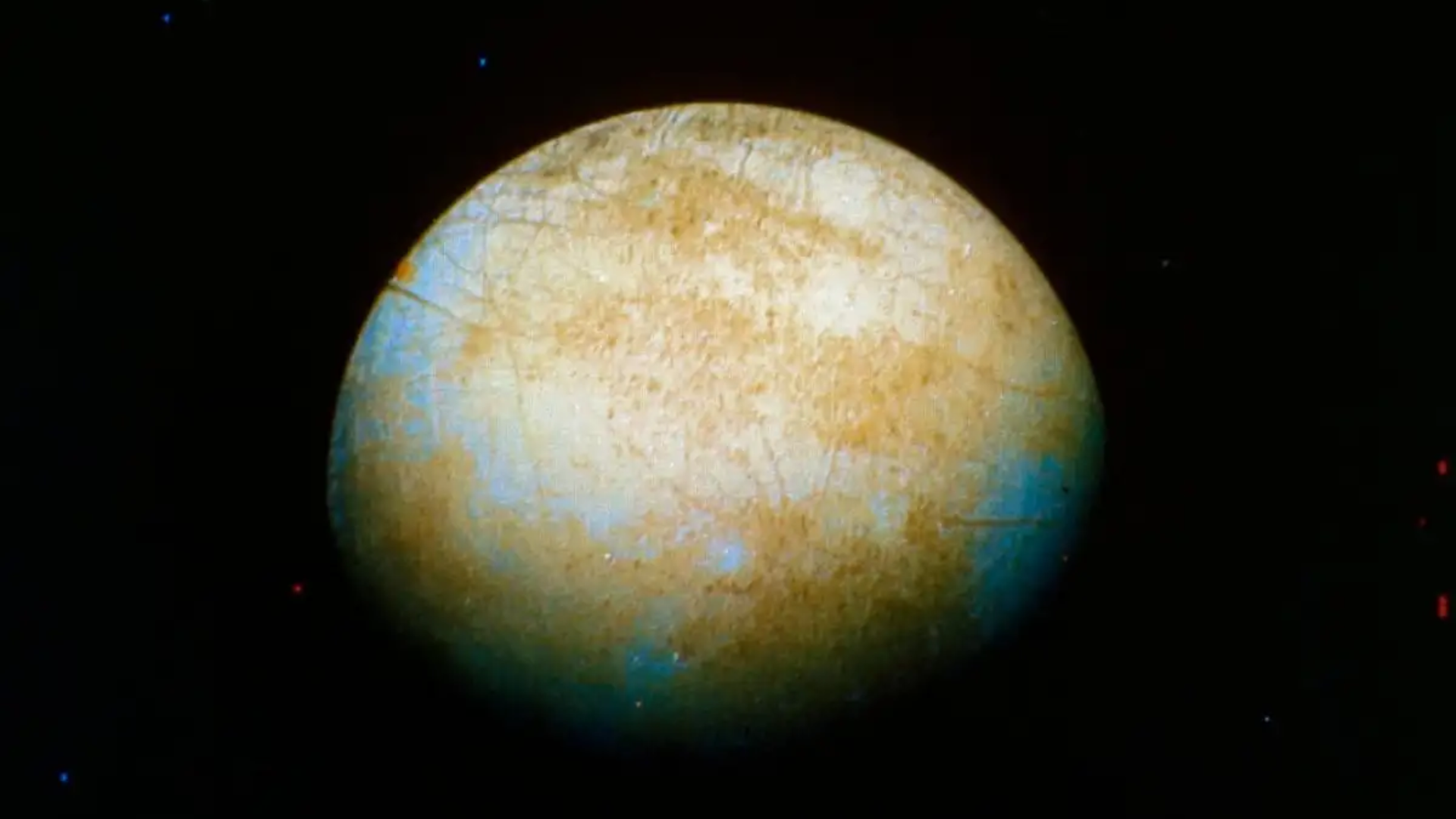NASA’s ambitious mission to investigate Jupiter’s moon Europa for potential signs of extraterrestrial life has been unveiled by US space scientists. The spacecraft, named Clipper, is slated to launch in October on a journey to explore Europa’s icy surface and assess its potential habitability.
Clipper’s mission is a significant step in humanity’s quest to understand whether we are alone in the universe. Bob Pappalardo, the project scientist, highlighted NASA’s profound interest in uncovering the existence of life beyond Earth. “One of the fundamental questions that NASA wants to understand is, are we alone in the cosmos?” Pappalardo stated. “If we were to find the conditions for life, and then someday actually find life in a place like Europa, then that would say in our own solar system there are two examples of life: Earth and Europa.”
The spacecraft, with a budget of $5 billion, is currently undergoing meticulous preparations at NASA’s Jet Propulsion Laboratory in California. These measures are crucial to ensure that the probe remains free of contaminants before embarking on its journey to Europa.
Clipper will be launched aboard a Space X Falcon Heavy rocket and is set to undertake a five-year voyage, including a flyby of Mars to gain momentum. By 2031, its destination is Jupiter and Europa, where it will closely study the moon’s icy surface. Equipped with advanced instruments such as cameras, spectrometers, a magnetometer, and radar, Clipper aims to analyze Europa’s composition, including the potential presence of liquid water beneath its icy shell.
The primary objective of the mission is to identify conditions suitable for life, rather than detecting life itself. Scientists are optimistic about the mission’s potential despite challenges such as intense radiation and communication delays. Jordan Evans, the project manager, emphasized the significance of Clipper in expanding our understanding of life in the universe. “If moons around planets far away from stars could hold life, then the number of opportunities around the solar system, around the universe, where life could take hold, I think goes up dramatically,” Evans stated.
Clipper’s solar panels face a test in efficiently powering the spacecraft, especially given Jupiter’s considerable distance from the Sun. The mission, which was initiated in the late 1990s, is projected to conclude around 2034 after accomplishing its scientific objectives. Following the research phase, Clipper is planned to impact Jupiter’s largest moon, Ganymede, as its final act.
The exploration of Europa holds profound implications for our understanding of life beyond Earth. Pappalardo reiterated the significance, saying, “If we were to find the conditions for life, and then someday actually find life in a place like Europa, then that would say in our own solar system there are two examples of life: Earth and Europa.” The mission reflects NASA’s commitment to exploring the mysteries of our solar system and potentially redefining humanity’s perception of life beyond our planet.

















